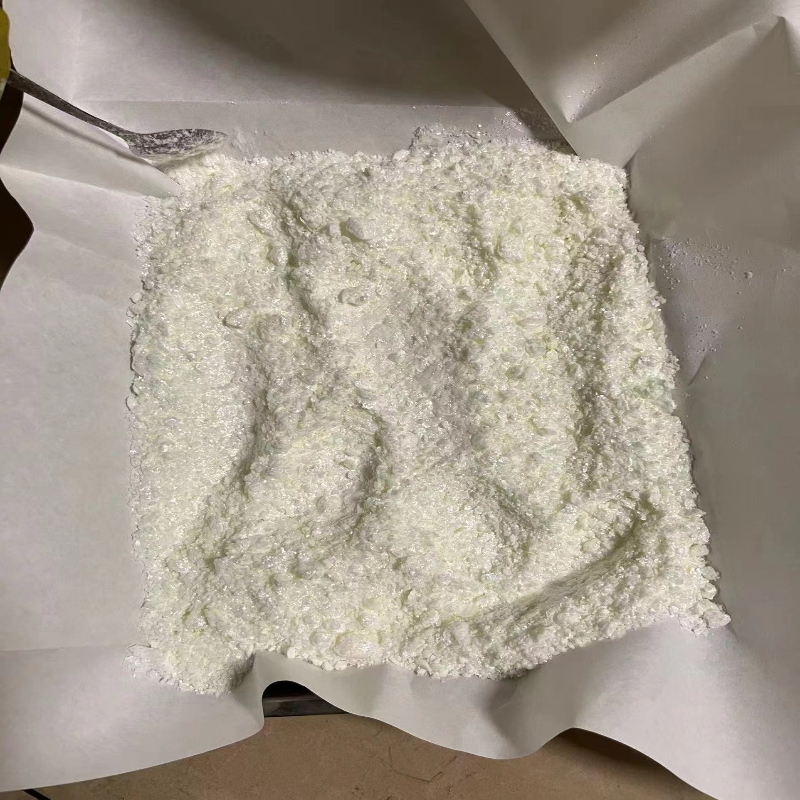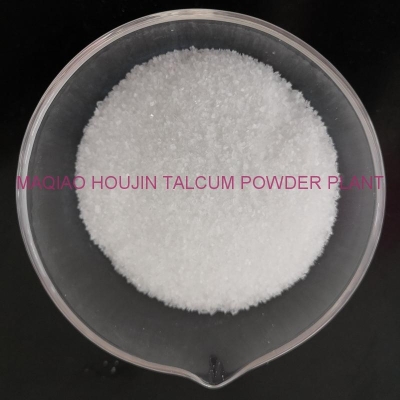-
Categories
-
Pharmaceutical Intermediates
-
Active Pharmaceutical Ingredients
-
Food Additives
- Industrial Coatings
- Agrochemicals
- Dyes and Pigments
- Surfactant
- Flavors and Fragrances
- Chemical Reagents
- Catalyst and Auxiliary
- Natural Products
- Inorganic Chemistry
-
Organic Chemistry
-
Biochemical Engineering
- Analytical Chemistry
-
Cosmetic Ingredient
- Water Treatment Chemical
-
Pharmaceutical Intermediates
Promotion
ECHEMI Mall
Wholesale
Weekly Price
Exhibition
News
-
Trade Service
INEOS has joined the pilot digital watermarking project 'Holy Grail 0', supported by the Association of European Brands (AIM) and the Alliance to End Plastic Was.
Digital watermarks add imperceptible optical codes directly to the surface of packaging, which can contain a wide range of data such as plastic type and composition, manufacturer, traceability data, and whether the material has been used in food contact applicatio.
The Holy Grail 0 initiative, launched in December 2020, focuses on improving the sorting of post-consumer packaging waste for further recycling, such as being able to separate former food packaging from non-food packagi.
Meeting European Food Safety Authority (EFSA) requirements for food packaging is currently a major challenge for recycling polymers, with the exception of R-P.
The European Food Safety Authority requires that 95% of recyclable materials used in food contact must come from food contact sourc.
For R-PET, this is relatively easy to ensure, as most of the material collected comes from post-consumer beverage bottl.
For other polymers, their end-use sources are diverse and often collected in one recycling stream, which is a significant challenge and an obstacle to market grow.
For example, the only currently available source of post-consumer food-grade recyclable polyolefins is limited to the UK R-HDPE market, where milk bottles are used to create a separable and easily identifiable source of input materi.
There are also food-grade mechanically recycled polyolefins that are currently available from post-industrial secondary packaging sources in the meat and agriculture sectors, but the quantities are still small and capacity to scale up is limit.
Structural shortages of materials, as well as technical constraints such as material opacity and loss of tensile strength, are prompting companies to explore other avenues to achieve sustainability commitments, such as chemical recycling or bio-based materia.
There are a number of projects currently investigating the commercial and technical viability of digital watermarking with the aim of improving post-consumer identification and waste sorting, but Holy Grail 0 is the largest of them a.







